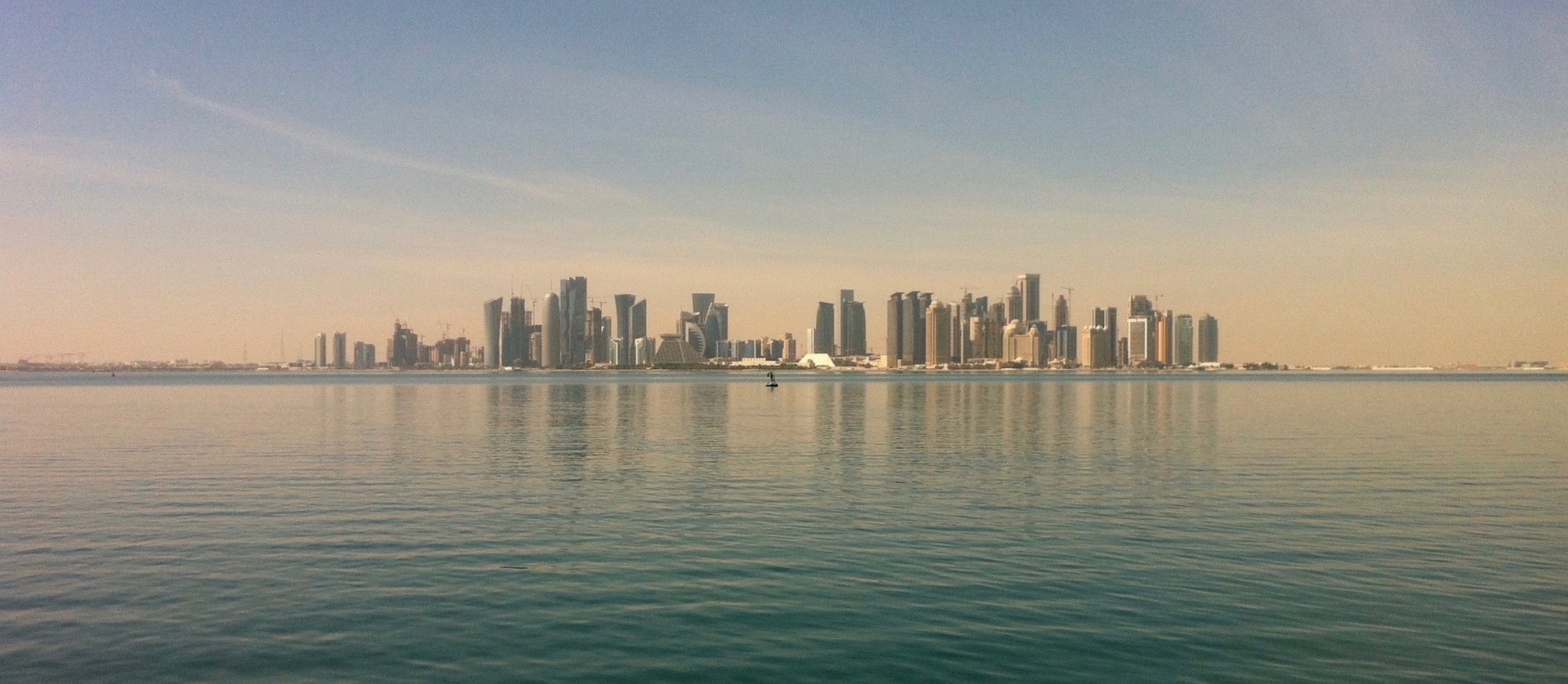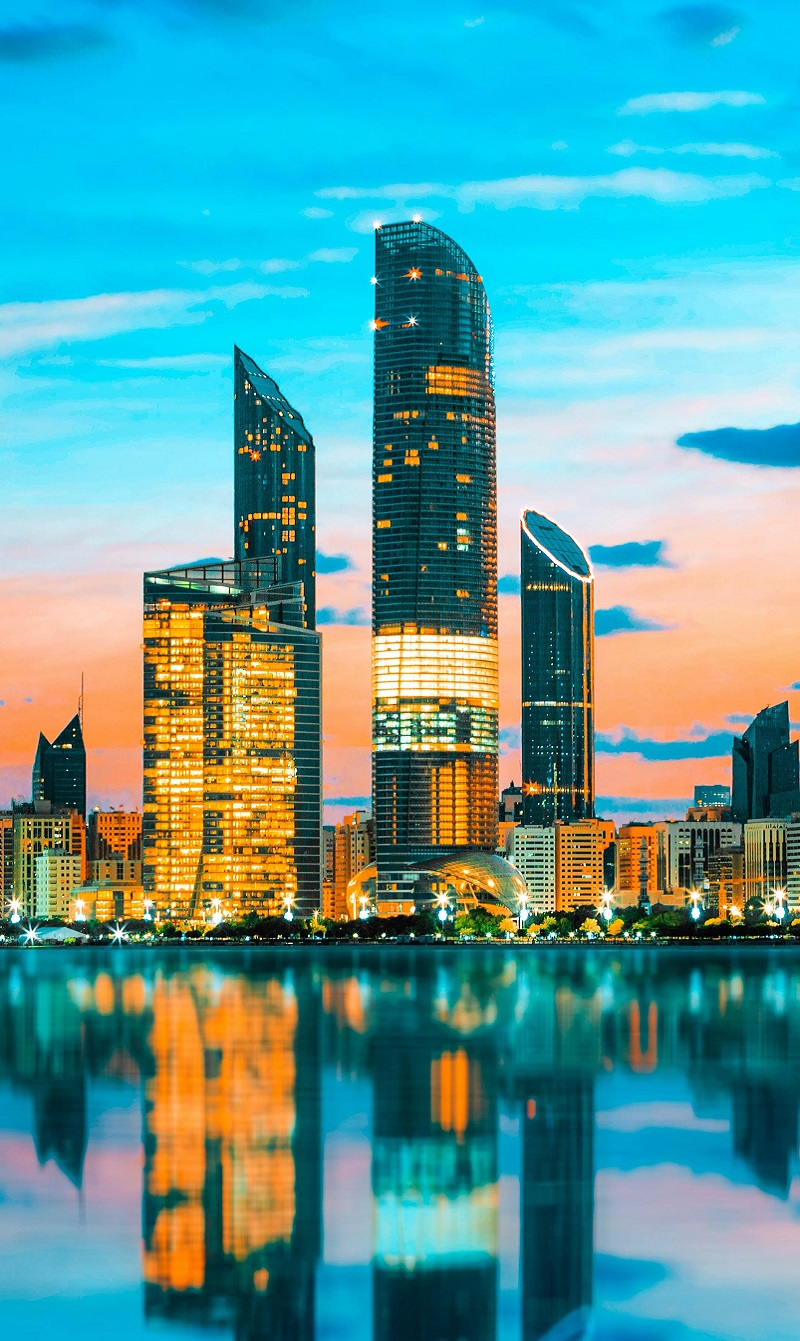Qatar: an Investment Oasis
Qatar’s economic sectors have not only recorded remarkable growth but they’ve all significantly contributed to creating consequential global investment opportunities.
At a distance, Qatar’s impressive skyline is nothing short of a scene out of Fritz Lang’s film, Metropolis – not so much dystopic but truly avant-garde. A metropolitan, built in the middle of an arid desert, Qatar ascends like an agile concrete phoenix. Its capital city, Doha, is known for its eclectic mix of old and ultra-modern architecture and showcases an amazing array of buildings including Souq Waqif, The Pearl, Qatar University and the latest by renown French architect, Jean Nouvel, the National Museum of Qatar.
Qatar’s architecture is a direct reflection of its aspirations of modernity as well as forward-looking, and that will be the first impression it creates for any of its visitors. Marrying modernity with deep-rooted traditions, Qatar is an amalgam of contradictions which is part of its charm. What guarantees Qatar’s spot in the global financial map as one of the world’s fastest emerging economies, may well be its steady GDP growth of 1.6 per cent in 2017 and 1.4 per cent in 2018. However, Qatar’s GDP in 2015 that grew by 3.7 per cent and surpassed the global growth rate of 3.3 per cent, very possibly cemented it. There is, as they say, strength in numbers, and those numbers strengthened Qatar’s position as a very attractive country for investment opportunities.
What’s more, policies that fall in line with the Qatar National Vision 2030 that aims to establish a diverse and competitive knowledge-based economy, further help attract the attention of foreign investors. In fact, to date, all of Qatar’s economic sectors have recorded remarkable growth, significantly contributing to creating vital opportunities for investment.
This is, as Ahmed bin Jassim bin Mohamed Al Thani, its Minister of Economy and Commerce states, reinforced by Qatar’s economic strategies that include the diversification of income sources, encouraging the private sector to actively participate in development, revising investment laws and regulations, providing a host of incentives and facilities such as tax exemptions, and securing the freedom of capital movements.
An Attractive Economic Environment
Qatar’s biggest revenue comes from hydrocarbon resources. It’s one of the world’s most important producers of oil and gas and it’s effectively diversifying its economy to be future ready. In the past few years, plenty has been invested into infrastructure, and significantly on ensuring that the country is convenient for the global business community to do business.
Under the governance of His Highness Sheikh Tamim bin Hamad bin Khalifa Al-Thani since 2013, there has been big advances in economic, politics, human and social developments. What’s more, Qatar is the host for the 2022 FIFA World Cup. Its resilient economy is based on its GDP of USD153 billion and inflation is stable at 2.6 per cent in 2017. Despite the advent of electric cars and renewable energy, the oil and gas sector still has 48 per cent share in Qatar’s economy. In fact, it sustained a positive GDP growth despite the low oil price environment.
The Qatar National Vision 2030 has led to major investments in sectors such as infrastructure, cultural, medical and hospitality. All of which has made Qatar even more appealing to international investors. The world’s richest country per capita, Qatar reinvests its wealth into a number of industries to be well prepared for the future. It has ensured no reliance on a specific individual sector and thus, has become a diverse economy. This is the secret of its stable economic growth and long-term prospects.
While Qatar is the fifth largest Islamic finance market with bank assets of around USD120 billion at a growth rate of over 10 per cent, other industries that attract investments in Qatar include:
Sports is a USD20 billion industry in Qatar. It is building a reputation as a leading global sports hub, investing in major international events like the 2022 FIFA World Cup. Furthermore, Qatar Financial Centre has partnered with Aspire Zone Foundation to launch Qatar’s Sports Business District that offers world-class services and incentives to sport multinationals.
Fintech in Qatar is a multibillion-dollar incentives programme that attracts international businesses.
Media landscape in Qatar is one of the fastest growing in the world at 18 per cent growth in digital and 3 per cent in TV. Qatar is home to the influential Al Jazeera. Soon, it will launch Qatar’s new Media City.
Digital industry in Qatar is expanding and the recent launch of the second Es’hailSat communication satellite is also helping to provide television, telecommunication, corporate as well as government services across the MENA region and beyond.
Healthcare market with USD 5.8 billion investment in five hospitals planned for expansion, and 52 facilities as well as 200 pharmacies, 14 diagnostic and treatment centres, all planned for development.
Transport market with USD12.8 billion investment in rail, roads, air and sea ports.
Tourism market worth USD5.5 billion that seeks new infrastructure, tourism products and urban entertainment options.
There are notable projects underway. They are partly sparked by 2022 FIFA World Cup, which include Doha Metro and Hamad Airport that can accommodate 96,000 passengers per day. Other projects include Hamad Port, Lusail City and Qatar Science & Technology Park.
Why Qatar?
Qatar’s largest city is Doha. More than 90 per cent of the country’s 2.7 million population live in it. The peninsula Arab country is home to more than 85 nationalities that make up more than three quarters of its population. As to why invest in Qatar, of that, there are myriad reasons but let’s consider its four main ones.
Location: Strategically located at the crossroads of the three continents of Asia, Africa and Europe, it’s one of the world’s popular destination for both leisure and business. Over 150 destinations fly directly to and from Qatar by more than 35 airlines. It only takes five hours to reach half of the world’s population from Qatar.
Tax incentives: Tax incentives include tax exemption for certain projects that are considered to be strategically significant to the Qatar economy, up to 10 years income tax exemption for selected investment projects and other industrial areas. Also, customs tax and fee exemptions for equipment and raw material imports. There’s free repatriation of capital and profits as well as free transfer of company ownership.
Business-friendly regulation: Qatar Law no. 1 of 2019 opens to foreign companies and individuals the possibility to directly invest in almost all the economic sectors in Qatar. The World Bank’s DB 2019 Ease of Doing Business Score ranks Qatar at number 83 out of 190.
Distribution hub: Officially opened in 2017, Hamad Port is expected to be fully operational by 2020 and able to handle up to 7.8 million tonnes of products annually. It directly connects Qatar with many countries. Qatar now has the logistical capacity to directly import goods through its ports or act as a transit point for trade across the Middle East. Also, the New Hamad International Airport is one of the biggest airports in the region and able to comfortably handle 30 million passengers per year with one of the longest runways in the world at 4,850 metres.
Qatar Economy at a Glance, 2018
– GDP: USD225 billion (constant since 2013)
– GDP growth: 1.4 per annum
– Share of oil & gas in economy: 47 per cent
– Inflation: 2.6 per cent
– Exports: USD84 billion
– Imports: USD31.7 billion
Source: Ministry of Commerce and Industry, Qatar
Main photo by Joshua Choate from Pixabay





